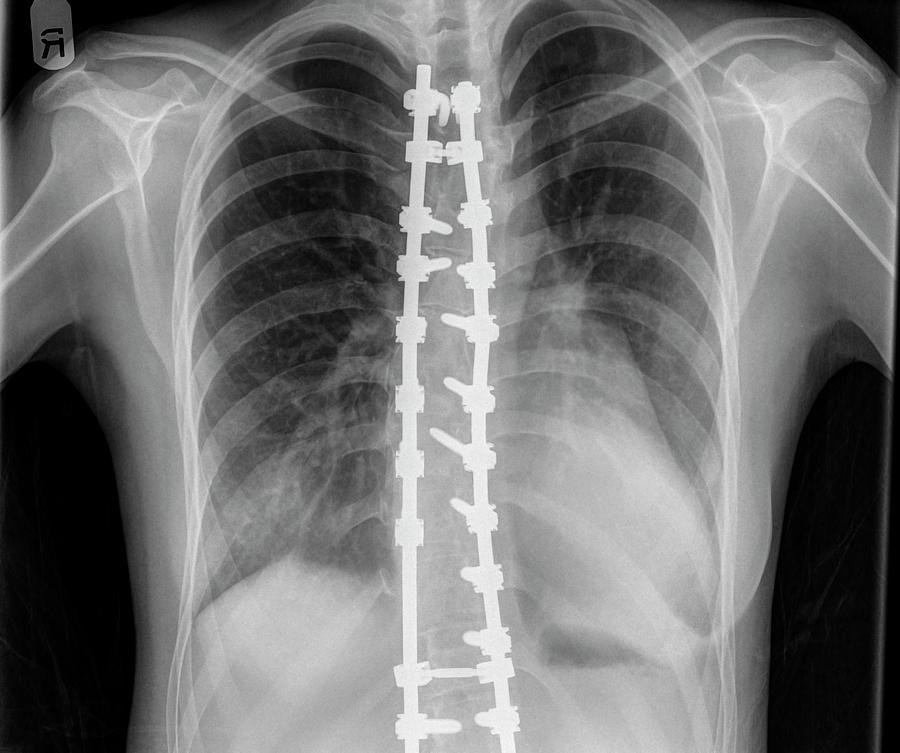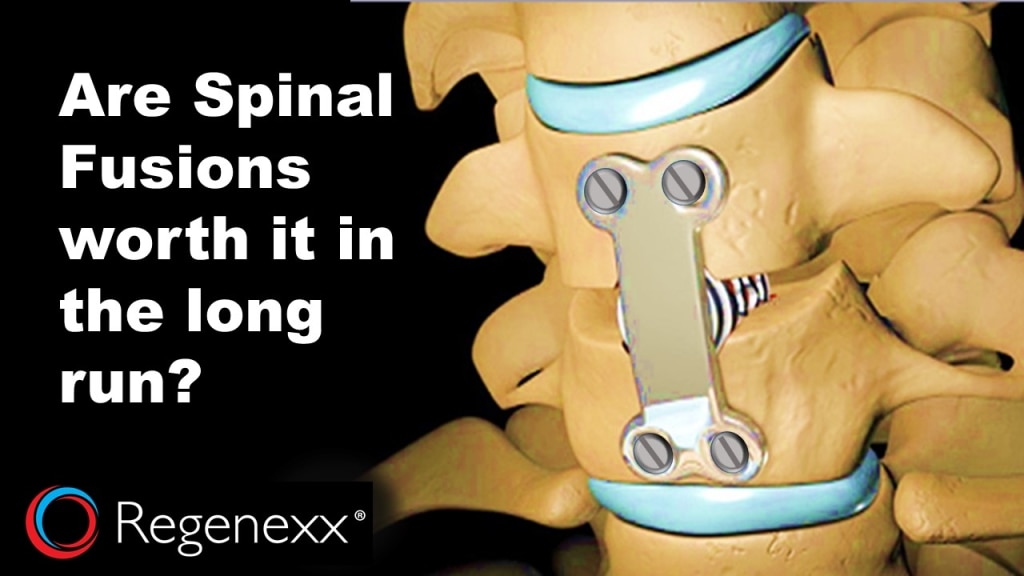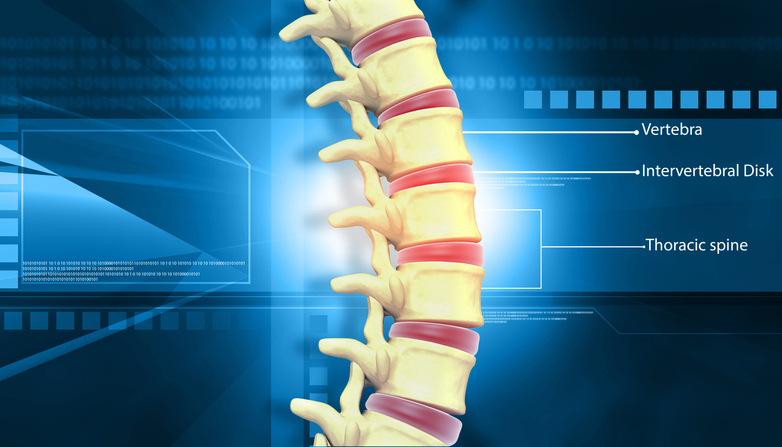
Multiple soluble factors have been associated with graft osteoinductivity. Osteoinductivity refers to the ability of a graft to induce stem cell differentiation into osteoblasts. Osteoconductivity refers to the ability of the graft to serve as a scaffold for bone healing, allowing for the attachment, proliferation, and differentiation of osteogenic precursor cells. Multiple biological properties of bone graft will influence fusion rate: osteoconductivity, osteoinductivity, osteogenicity, mechanical strength, and vascularity. Properties of Bone Graft and Graft Selection Perioperative NSAID use following spine surgery has remained controversial, with some support that selective COX-2 inhibitors or short-term, low-dose nonselective COX inhibitors do not increase the rate of nonunion.

Administration of ketorolac for more than 2 days and/or at a dose of greater than 120 mg/day has been implicated in pseudarthrosis after lumbar spinal fusion surgery.Ĭonversely, Pradhan et al reported that administration of ketorolac for less than 48 hours postoperatively has no significant effect on spinal fusion. Ketorolac in particular has proven effective in postoperative pain management after orthopaedic procedures, leading to a decrease in morphine requirement and hospital stay,īut its use after spine surgery has been associated with pseudoarthrosis in a dose-dependent manner. However, prostaglandin E2 is an important positive factor in early inflammatory phase of bone healing, and NSAIDs have been associated with an inhibitory effect on spinal fusion. One particular class of agent, NSAIDs, act through the inhibition of cyclooxygenase (COX), with resulting inhibition of prostaglandin formation. Multimodal pain regimens following orthopaedic surgery of the lower extremities have become routine, but their use after spine surgery has been more limited. Unfortunately, 60% of patients are found to relapse at 3 months postoperatively, and 61% of patients at 6 months.Īdequate pain control following lumbar spinal fusion may be challenging. Smoking cessation is recommended for at least 4 weeks prior to spinal fusion surgery, and up to 6 months after surgery. The authors concluded that smoking cessation reverses the negative impact of smoking on spinal fusion. For smokers who quit for more than 6 months postoperatively, nonunion rate was 17.1%. They found a nonunion rate of 26.5 and 14.2%, respectively. Glassman et al reported on the rates of pseudoarthrosis in smokers and nonsmokers. The final result is a decrease in both bone mineral density and bone formation.įactors inducing angiogenesis are most critically involved in the third to fourth week after spinal fusion, and new bone formation within the first 6 months.

Additional effects include inhibition of periosteal cell proliferation, increased cortisol production, decreased estrogen and calcitonin production, and a decrease in calcium absorption. The existing vascular network undergoes vasoconstriction and endothelial damage, preventing onset of angiogenesis. Theiss et al reported the downregulation of gene expression of bone morphogenetic proteins (BMP)-2, -4, and -6 basic fibroblast growth factor (bFGF) and VEGF in a rabbit model with exposure to nicotine. Primarily affecting the repair phase of bone healing. Nicotine has deleterious effects on the vertebral bone biology, fusion healing, and overall gene expression, Smoking is perhaps the single most controllable risk factor for pseudoarthrosis after spinal fusion. Finally, woven bone undergoes remodeling through an interplay between osteoblasts and osteoclasts, yielding the final mature fusion. These cells release metabolic factors promoting the formation of granulation tissue and the migration of mesenchymal cells, and factors necessary for vascular proliferation, such as vascular endothelial growth factor (VEGF), platelet-derived growth factor (PDGF), and epidermal growth factor (EGF).įollowing the infiltration of inflammatory factors, the repair phase involves repopulation of progenitor cells at the host–graft interface, with subsequent chondrogenic and osteogenic development, maturation of a collagen matrix, and ossification to form woven bone.

There are three phases: inflammatory, repair, and remodeling.ĭuring the inflammatory phase, a hematoma is formed around the fusion bed, with resulting infiltration of macrophages, polymorphonuclear cells, and fibroblasts. Bone healing and spinal arthrodesis occur similarly.


 0 kommentar(er)
0 kommentar(er)
